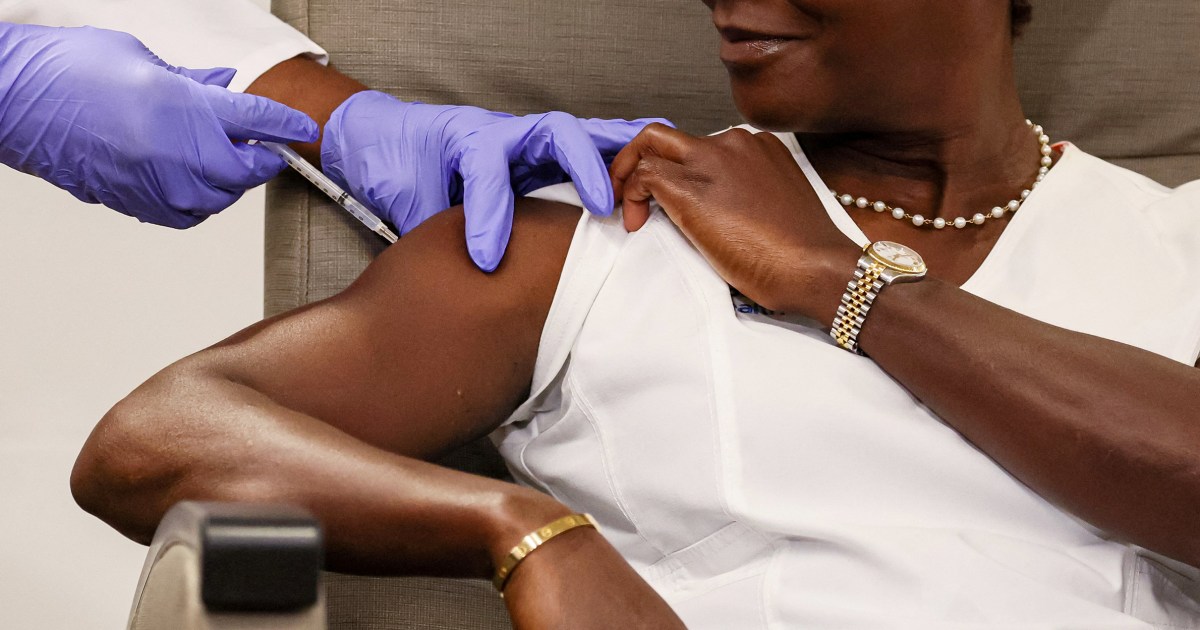
Covid cases appear to be climbing, according to Dr. Mandy Cohen, the director of the Centers for Disease Control and Prevention — and one particular variant seems to be fueling the virus’ spread.
JN.1, as the variant is known, now accounts for around 44% of Covid cases in the U.S., up from 8% just four weeks ago, according to the CDC.
“We are seeing JN.1 quickly become the dominant version of the Covid virus, which tells us it is more transmissible,” Cohen said in a phone interview. “The good news is we don’t see an increase in severity.”
The variant is also picking up steam globally. It accounted for 27% of genetic sequences submitted to a global virus database called GISAID in the week that ended Dec. 3, up from 10% in the week that ended Nov. 19.
The World Health Organization declared JN.1 a “variant of interest” Tuesday — a designation that applies to variants that are driving new cases and have genetic changes that could help them spread or evade immunity.
But so far, the illness caused by JN.1 — which, like all other variants that have gained dominance since early 2022, is a descendant of omicron — doesn’t seem any more severe than earlier Covid cases.
Neither the WHO nor the CDC collects regular data on how Covid symptoms are evolving over time, so it’s hard to assess whether infections are presenting differently. However, doctors say they haven’t noticed a new trend.
“The symptoms of JN.1 seem to be very similar, if not the same, as others,” said Dr. Molly Fleece, a hospital epidemiologist at University of Alabama at Birmingham Medicine.
Many recent Covid patients have reported sore throats as their first symptoms, often followed by congestion. The illness’ past hallmarks, such as a dry cough or the loss of taste or smell, have become less common, according to doctors.
Severe cases, meanwhile, are still characterized by shortness of breath, chest pain or pale, gray or blue skin, lips or nail beds — an indicator of a lack of oxygen.
But on the whole, Covid symptoms are milder than they were early in the pandemic.
Fleece said JN.1 is spreading at an unfortunate time as people travel and gather indoors.
“If we have a variant that is extremely easy to spread among people, that’s extremely important to think about going into the holidays,” she said. “Just the ease of transmissibility, especially being an omicron descendant — we saw how easily omicron spread throughout communities — should make everyone concerned.”
The WHO has warned that JN.1 could cause an uptick in Covid cases this winter and “increase the burden of respiratory infections in many countries.”
The variant’s parent lineage, BA.2.86, has a large number of mutations compared to the original version of omicron — and those changes have enabled the virus to sidestep existing immunity. Compared to BA.2.86, the JN.1 variant has an additional mutation in the spike protein that could make it even easier for the virus to invade cells.
However, the WHO said JN.1 isn’t likely to pose an added public health risk compared with other circulating variants. And although the newest vaccines target a different variant — called XBB.1.5 — they seem to be effective against JN.1, as well.
A preprint study found that updated mRNA shots from Moderna and Pfizer boosted antibody protection against JN.1 up to 13 times, depending on a person’s history of vaccination and infection. The study hasn’t been peer-reviewed, however.
The participants in that study had received four or five Covid shots before the updated vaccine, and some had recently gotten Covid. But the researchers found that antibody protection against JN.1 was still relatively low before the new vaccine was administered.
“It would suggest that those people who were not recently boosted probably would not be all that well-protected against JN.1,” said an author of the study, Dr. David Ho, a professor of microbiology and immunology at Columbia University.
Antibody levels against JN.1 from the updated vaccine are “quite decent,” Ho added, “and should confer some degree of protection.”
Just 18% of adults and 8% of children ages 6 months and up have received the new Covid vaccine since it became available in September. So Cohen urged people to stay up to date on their shots.
“That’s exactly why we want folks to get the updated Covid vaccine, because it does map to the changes that we’re seeing in the virus,” she said.
Ho acknowledged, however, that scientists expect to continue playing cat and mouse with Covid in the near future.
“We do something, and then the virus finds a solution to go elsewhere, away from our countermeasures,” he said. “We’re chasing it the best we can, but we’re always a little behind.”

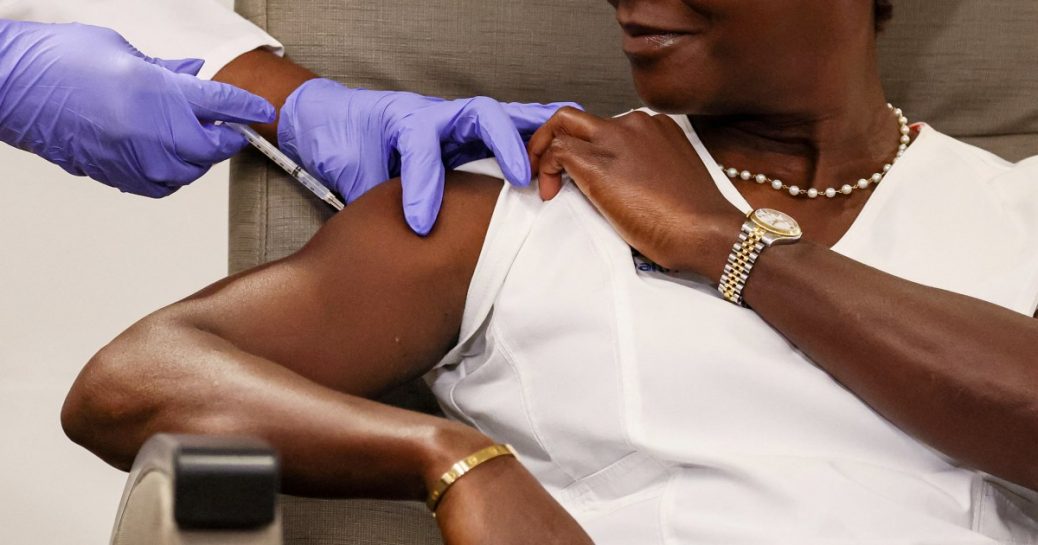


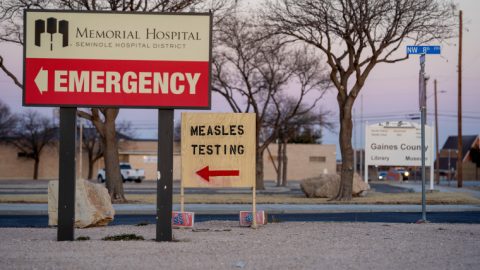

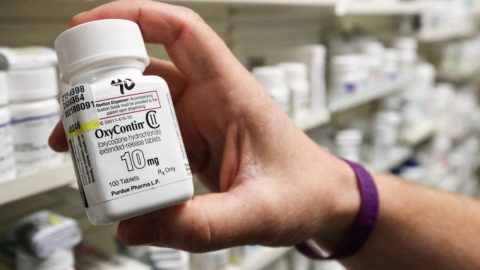

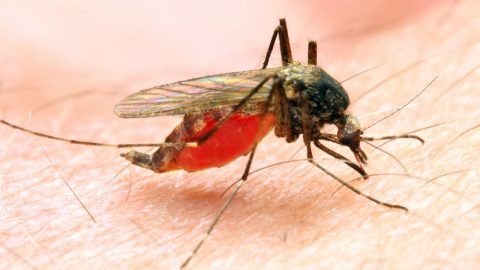

Recent Comments